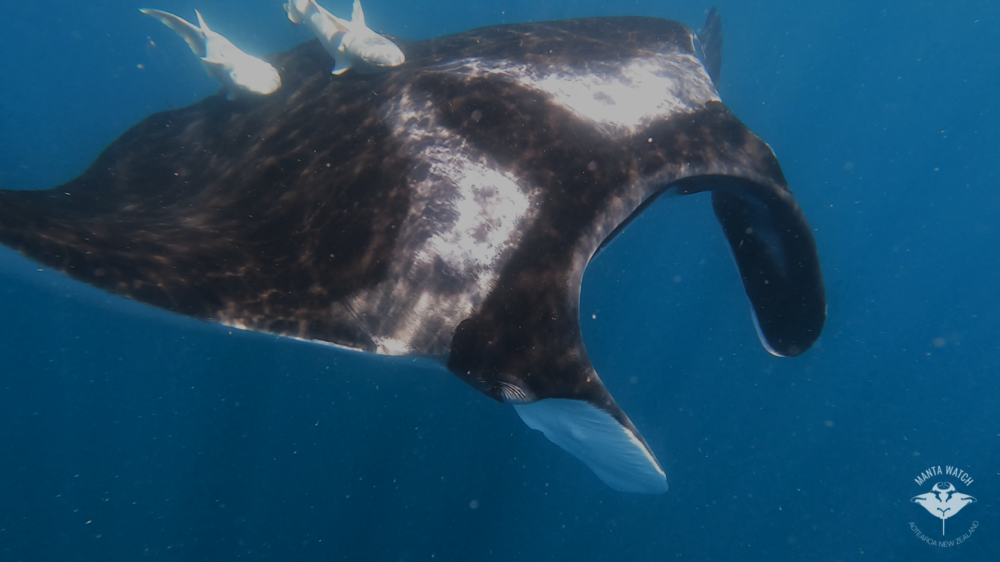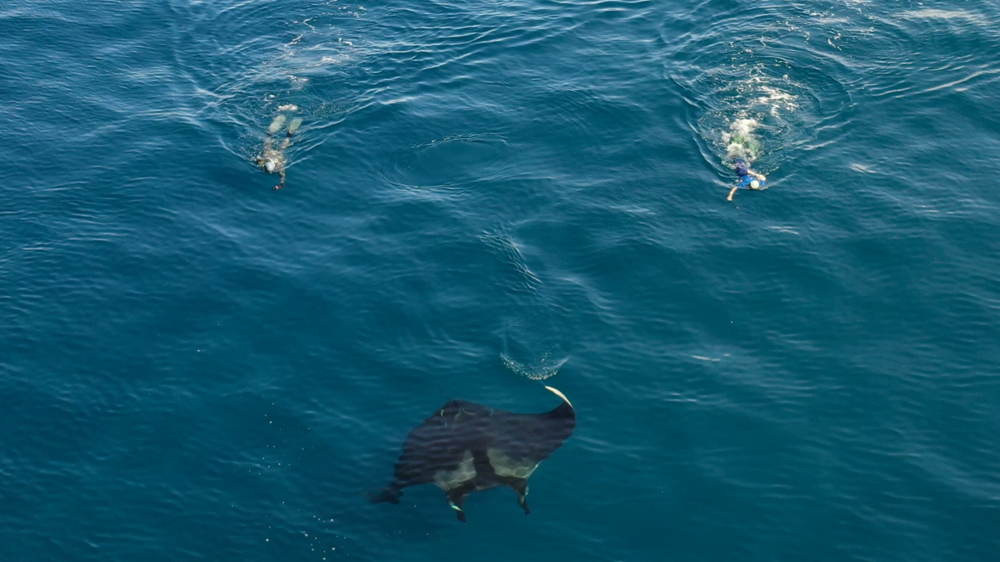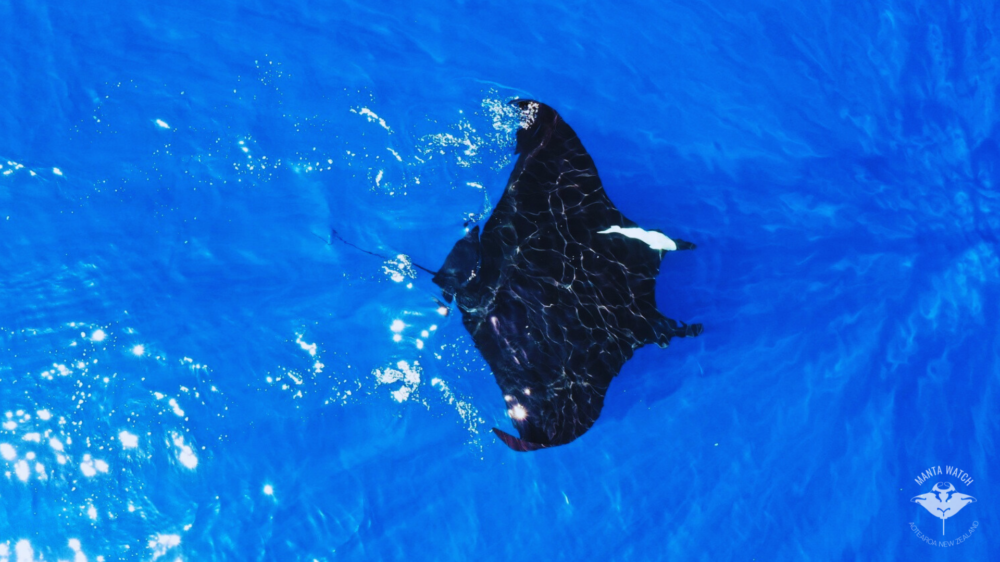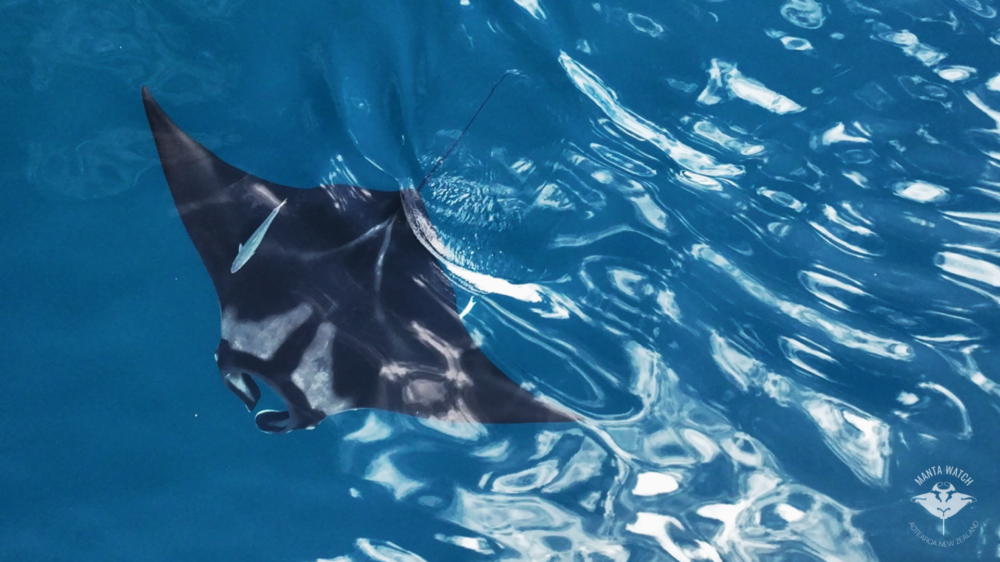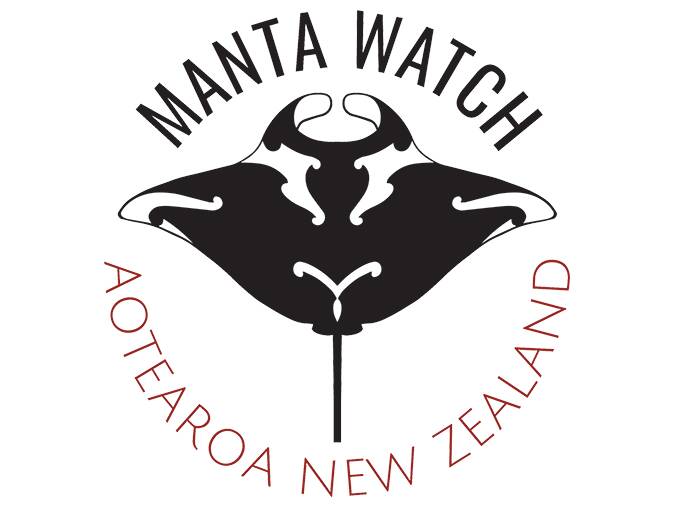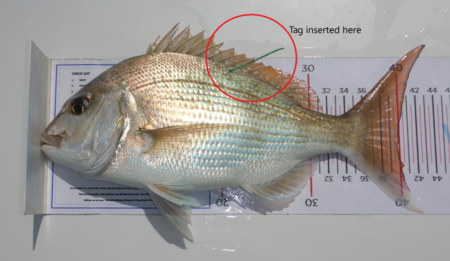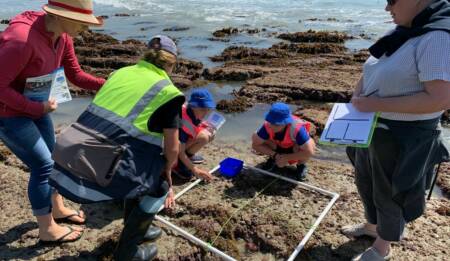Discovering Aotearoa’s Gentle Giants
Manta Watch Aotearoa New Zealand is a small, nationally focused charity that combines dedicated research and citizen science to learn more about Aotearoa's oceanic manta ray population. In conjunction with our research, we create education and outreach opportunities to connect people to manta rays and promote long-term advocacy for the offshore environments they frequent.

Background
Te whai rahi, the oceanic manta ray is the largest ray in the world, reaching up to 7 metres across and weighing up to 2 tonnes. Oceanic manta rays are considered to have one of the most conservative life histories of all shark and ray species, second only to the Greenland shark that can live for more than 500 years! This means that mantas are slow growing, long lived, late to reach sexual maturity and only give birth to one pup at a time, after an extensive gestation period of 12.5 months. Put that all together and you have yourself one vulnerable species, whose populations can’t really handle any form of exploitation.
Historically, manta rays have evaded commercial fishing, but in recent decades a new market has established, and they are now heavily sought after for their gill plates for use in Asian Medicine. This has resulted in a global population reduction of 50–79% over the past 80 years. In December 2020 oceanic manta rays were officially upgraded from Vulnerable to Endangered on the IUCN Red List of threatened species.
Despite being fully protected in NZ waters since 2011 under the Wildlife Act, the biggest threat to Aotearoa’s oceanic manta rays is the lack of data. We simply don’t know enough about this lesser-known population to provide adequate protection or establish long-term conservation management.
Project details
It quite literally takes a nation and a handful of highly motivated manta enthusiasts (who also happen to be researchers), to tackle the many mysteries surrounding one of Aotearoa’s most elusive species. When MWNZ began in late 2017, we had under 30 verified manta sightings spanning over 20 years and were met with the consensus that this population was too hard to study.
Fast forward to November 2023, the start of our fourth research season and we have averaged over 200 verified sightings per year for the last 3 years. Our database currently sits at 886 verified sightings, and we’ve photographically identified (Photo ID’d) 136 manta rays, 20 of which we have also satellite tagged. Initial results confirm that Aotearoa’s mantas are world record holders, they dive deeper (1,374m), travel further (1,982 km in 52 days), and go into colder water (3.9°C), than any other manta population have been shown to do! Tag data has also confirmed that at least a proportion of the population migrate into the wider tropical Pacific between late summer and early autumn, heading towards Fiji and Tonga.
Currently, our project primarily collaborates with Ngati manuhiri and Ngati Rehua Ngatiwhai ki Aotea due to our work being focused in and around the outer Hauraki Gulf; between Hauturu-o-toi / Little Barrier Island and Aotea / Great Barrier Island. Te whai rahi, the oceanic manta ray is a taonga species for both pakeha and maori. Our research approach very much aligns with our principal values: community knowledge exchange / kotahitanga, environmental stewardship / kaitaikitanga, and long-term advocacy / manaakingatanga.
What they hope to achieve
A key objective of the Manta Watch New Zealand (MWNZ) Charitable Trust is to get the domestic threat classification for oceanic manta rays upgraded to ‘Endangered’, which in turn will give NZ mantas higher conservation priority and further acknowledge this species’ worldwide decline.
To inform change we need lots of data to answer key questions such as are oceanic manta rays native or annual visitors, how big is the population, what threats are they exposed to and how are manta using NZ waters? Are there important areas for feeding, breeding, and giving birth that require specific protections?
Citizen science opportunities
The more data we can collect, the quicker and easier it will be to inform change though long-term conservation management. This will enable greater protections for this globally endangered species, not only in Aotearoa but throughout its entire population range. None of the research findings outlined would have been possible without citizen science data. Public submissions are at the project’s foundation, and account for over 70% of the MWNZ’s total sightings data.
So, if you are heading out on the water get your cameras and/or Go Pros at the ready, stuck to the end of a pole does the trick! And if you are lucky enough to encounter a manta ray, you’ll be prepared. Check out our Manta Ray Data Collection Guide, this nicely outlines all the information we need and the many ways you can submit your data to the project.
Jump onto our website www.mantawatchnz.org to submit sightings directly and learn how else to get involved and support the project. When you’re out on the water enjoying mantas and collecting lots of lovely data, we want to actively encourage that you do so safely and respectfully for all concerned. For interaction tips please see our Best Practice Guide for Manta Encounters. Finally, please spread the word and tell people about the project, so that our collective understanding continues to grow, and we have more eyes on the water looking for te whai rahi.
Photo credits: Lydia Green, Mark Erdmann, Edy Setyawan
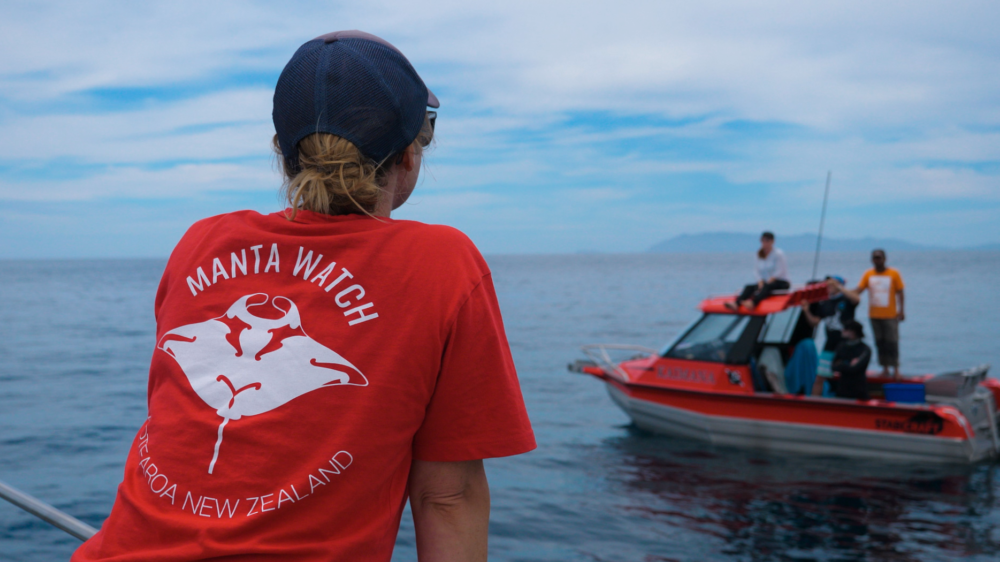
Resource

